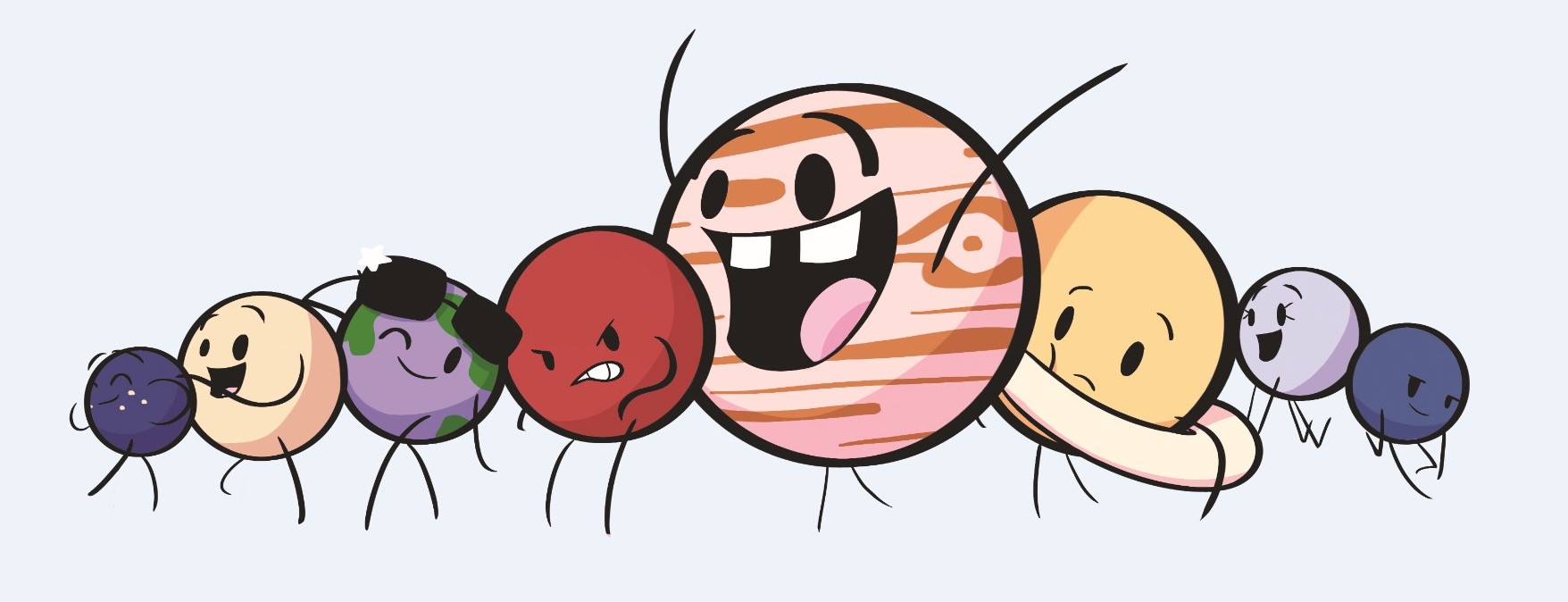
Astronomy club prepares for unusual conga line of planets
By Josh McQueen
Lauren Rogers is over the moon with her recent appointment as sole Astronomy Instructor at Pensacola State College (PSC). In addition, the astronomy department is all the buzz due to upcoming celestial phenomena.
The retired Dr. Wayne Wooten’s forty year tenure as the penultimate astronomy professor has definitely left an indelible mark. Nevertheless, Rogers is not at all intimidated by the prospect of taking over such a decorated mantel.
“It’s nice when you’re coming in behind somebody who knew what they were doing,” Rogers said. “To not feel like you’re having to totally reinvent everything. He was really helpful in showing me what he does.”
The former University of Austin Texas alum, much like quantum superposition, has superposed the dual roles in her life. Along with taking the helm of the astronomy department, she’s in the process of establishing the means to be closer to what matters most. “My first eighteen years of teaching were all in Texas. I’m new to Florida,” Rogers said.
“My parents live nearby. When I was looking for a job change, I decided to come here; to be closer to mom and dad.”
With a total of 19 years of teaching experience under her belt, she has already adapted to a new locale, teaching position and the particulars that come along with it.
“Here, we use Canvas as our learner management
system. At previous schools that I’ve been at, it wasn’t Canvas—it was something similar but different,” she said. “But I’ve been doing this for a very long time.”
PSC staff has already extended their support in helping Rogers acclimate to her new academic environment.
“I’ve got a really great bunch of people in my department. Everybody that I have talked to has been really supportive,” Rogers said.
With all the excitement of being the new astronomy instructor, she’s been given even more incentive to keep her head to the sky.
Several planets will become visible to the naked eye during March 2018 between the hours of sunset and sunrise. This specific celestial correlation won’t be seen again for the next several decades.
This distinctive alignment is called a syzygy, Greek for “to yoke.” This one involves Jupiter, Mars, Venus and Saturn. “Usually, you won’t have a month where you’ll see all of them,” Rogers said. “The fact that Saturn is involved makes it unique.”
That’s not the only cool celestial event that is taking place in the world of astronomy.
“This week they’re [Astronomy Club] actually plotting Halley’s Comet as it returns to the inner part of our solar system,” she said. “Between now and 2061, it’ll be coming closer and closer.”
“I hope I’ll still be around in 2061, hopefully just retiring at least.”

